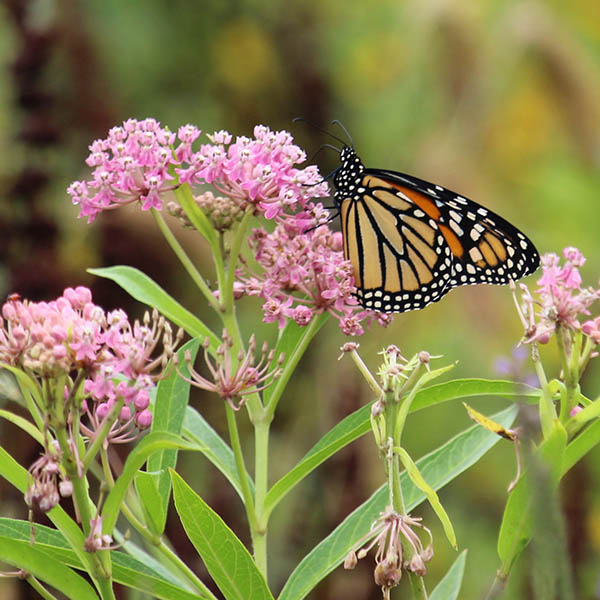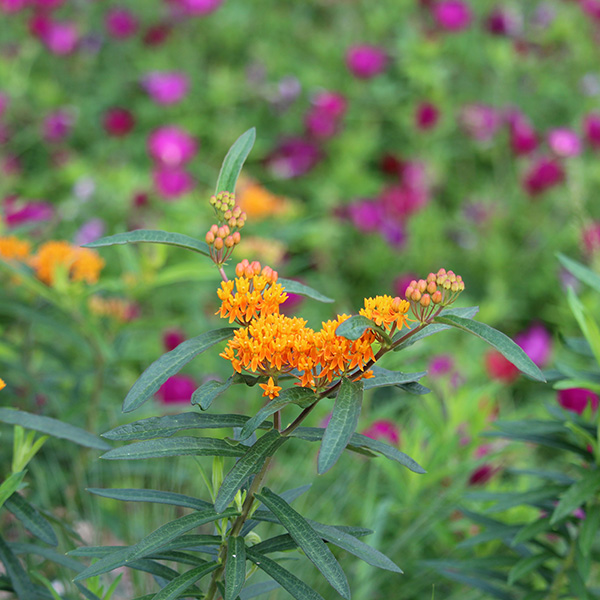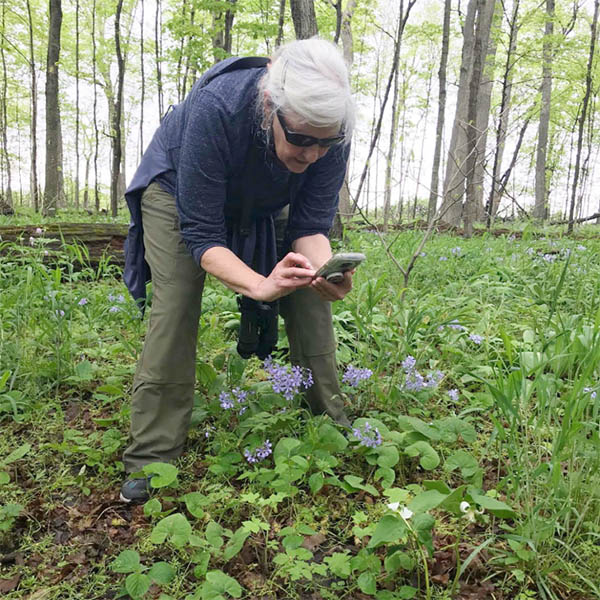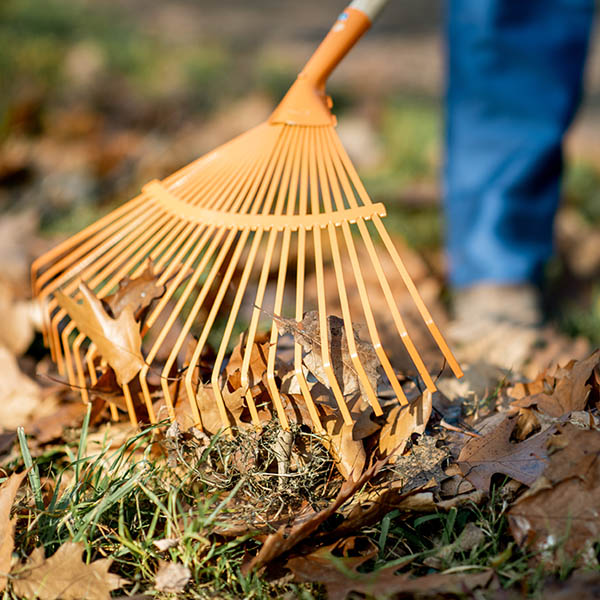What You Can Do for Pollinators
Pollinator decline has become a large concern due to recently published scientific research noting declining insect populations around the globe. The culprits responsible for decline of most insect pollinators are pests and pathogens, pesticide use, and diminishing habitat. May Berenbaum, U of I entomologist, is confident in linking the decline of insects to toxic pesticides but says habitat loss due to climate change is the main culprit. Berenbaum says “there is still so much the scientific community needs to learn about pollinators.”
Bee part of the solution! Here is a list of easy things you can do (or not do!) in your backyard to help the pollinators. From community science opportunities that build on the science we need to learn to the most basic, simple recommendation of “do no harm,” our website has easily adaptable actions that you can do right now to have a positive impact on pollinators.
Action #1: Do no harm
“First, do no harm.” This is advice from Dr. May Berenbaum, head of the University of Illinois Department of Entomology and recipient of the National Medal of Science. Not everyone has the capacity to be active in the fight to save pollinators. That is Okay because not everyone needs to be! Much harm is done to pollinators needlessly and inadvertently.
Millions of roadside stems of milkweed are mowed each year just before the monarchs using them for food pupate. These monarchs could be spared by adopting monarch-friendly mowing practices.
Many thousands of tons of pesticide are needlessly applied each year. Refreshing your knowledge of basic IPM principals and pesticide safety is often a good way to keep from inadvertently harming pollinators.
Action #2: Provide floral resources on your property
The vast majority of land in Illinois has been
converted for some type of human use, be it for agricultural intensification or urban expansion. This has created an extraordinary dearth of consistent nectar resources for pollinators to consume. Combat the floral desert by planting a diverse garden that includes native plants. Ensure the flowers you choose have overlapping blooming periods so there’s always something in your garden for pollinators to visit.
If you have access to agricultural land, look into pollinator–friendly programs like the Conservation Reserve Program.
Find more information about plants that provide floral resources:
- Visit our Plant Selector tool to select plants by bloom period, bloom time, bloom color or other attributes
- Our Pollinator Habitat Design webpage has tons of great information to help you design the perfect pollinator oasis.
- Check out our Pollinator Pockets program for more information on pollinator habitat design or to register a Pollinator Pocket you have already installed.
Activity #3: Avoid using pesticides
Not all insect infestations need to be treated chemically. Good gardening practices combined with early scouting can help gardeners become pesticide-free. Reducing the number of pesticides you use will prevent unintended harm to beneficial insects in the process of treating an infestation.
Try some of these practices to manage pests without chemicals:
- Keep plants healthy, as vigorous plants are more resistant to pests
- Try selecting pest-resistant cultivars of vegetable and fruit crops
- Exclude pests with row covers or other crop protection
- Invite beneficial insects who can offer natural pest control to your garden by planting flowers and herbs alongside vegetable garden spaces
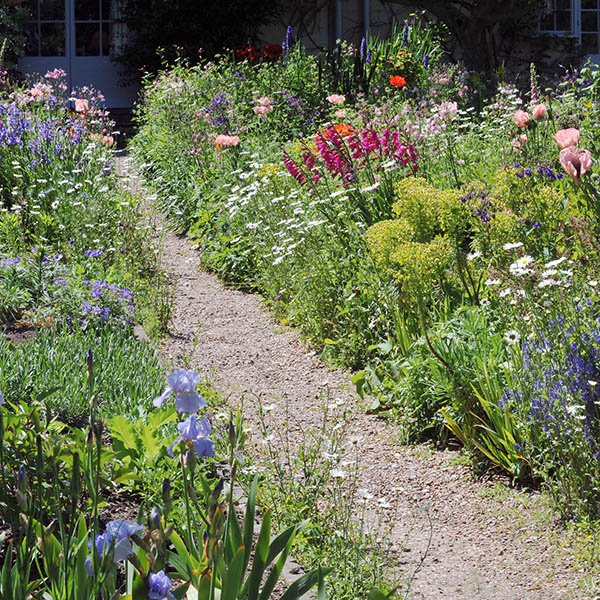
Action #4: Participate in Community Science
Participate In community science project s– much of the data on pollinator decline depends on scientific initiatives that distribute the serious duties of conducting scientific observations to everyday people.
There are lots of opportunities for you to get involved in science regardless of your experience level. In fact, many of these activities are great ways to hone your skills while you provide valuable information to the scientific community. Visit our Community Science webpage for an entire list of great science opportunities across Illinois.
Activity #5: Re-think fall cleanup
Many pollinators overwinter in fallen leaves. Instead of using leaf blowers, which can damage soil and remove insects’ winter habitat, mow leaves into lawns to return nutrients to the lawn, or rake leaves into landscape beds as mulch.
Blending into the landscape is an evolutionary advantage in nature for some pollinators and beneficial insects, but the tidy gardener can mistake overwintering insects for dried leaves. The rare Baltimore butterfly overwinters as a caterpillar in rolled-up leaves at the base of its host plants, including turtlehead, foxglove, and penstemon. Swallowtails overwinter as pupae disguised as dried leaves, while viceroy caterpillars build hibernacula, leaves wrapped in silk attached to plant stems.
Activity #6: Let the landscape stand for winter
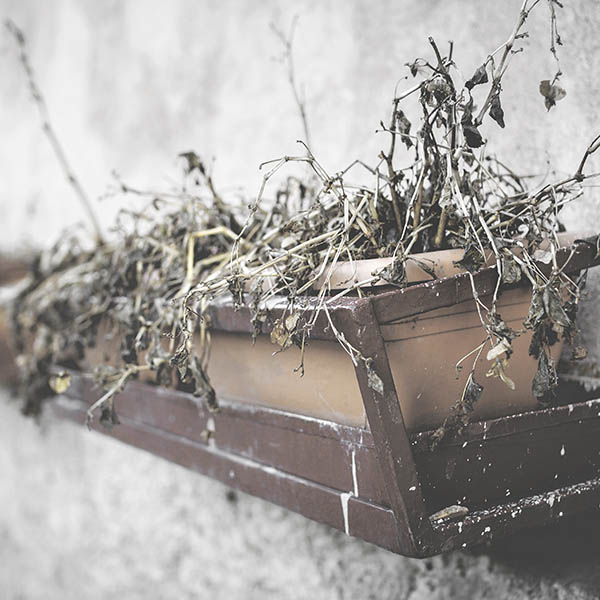
Throughout the winter, senesced plant stems and seed heads are still hosting life despite their browning leaves. This dead plant material is overwintering habitat for pollinators and beneficial insects. Bees hibernate in stems while some butterflies hide under leaves and debris. By leaving this plant material in the landscape, we can sustain these insects for next year.
Activity #7: Cut hollow stems for spring-nesting bees
Entomologist Heather Holm encourages gardeners to cut back winter stems in late spring to encourage spring nesting of native small carpenter, mason, and leafcutter bees. These bees utilize hollow stems as a nesting habitat. After leaving dead flower stalks through the fall and winter, cut them back in late spring to varying heights of 18–24 inches. As these plants put out new growth during the growing season, the dead stems will often be covered up and quite unnoticeable. If you do not want to leave dead stems but still want to provide bee nesting sites, you can try bundling up the stems and setting them in a discreet location.
Stem to Cut Back
- Joe Pye weed (Eutrochium spp.)
- Elderberry (Sambucus spp.)
- Switchgrass (Panicum spp.)
- Indian grass (Sorghastrum nutans)
- Prairie dropseed (Sporobolus heterolepsis)
- Little bluestem (Schizachyrium scoparium)
- Big bluestem (Andropogon geradii)
- Hyssop (Agastache foeniculum)
- Swamp milkweed (Asclepias incarnata)
- Purple coneflower (Echinacea purpurea)
- Blazing star (Liatris sp.)
- Wild bergamot (Monarda fistulosa)
- Goldenrod (Solidago sp.)
- Culver’s root (Veronicastrum virginicum)
- Sumac (Rhus spp.)
- Raspberry (Rubus spp.)
Activity # 8: Leave bare ground

Seventy percent of North America’s bee species live underground and prefer ground not hindered by grass or mulch. Most of these bees become active in spring and begin to build nests. If you see this activity, do not be alarmed—most of the bees are non-stinging males, building individual nests that can be located within larger colonies.
Stop overusing mulch. While mulch does improve water conservation, it can also have negative effects like hindering native bees from accessing patches of bare ground to build their nests. Even a thin 1-inch layer of mulch can be too thick for a bee to work its way through
Activity #9: Stop trying to have the perfect lawn
Why put so much effort into non-native grasses when you can have a bee lawn? A weed-free stand of turfgrass can be aesthetically pleasing, but these lawns offer little resources to pollinators and typically involve the use of pesticides and consistent mowing. Try adding flowering plants that can tolerate mowing and foot traffic into your turfgrass, like white clover, self-heal, and thyme. Or try replacing some of your turfgrass with a no-mow lawn mix of sedges. If your lawn is hard to give up, change the way you care for it by mowing no lower than four inches. This practice increases turfgrass health, reducing the need for additional inputs.
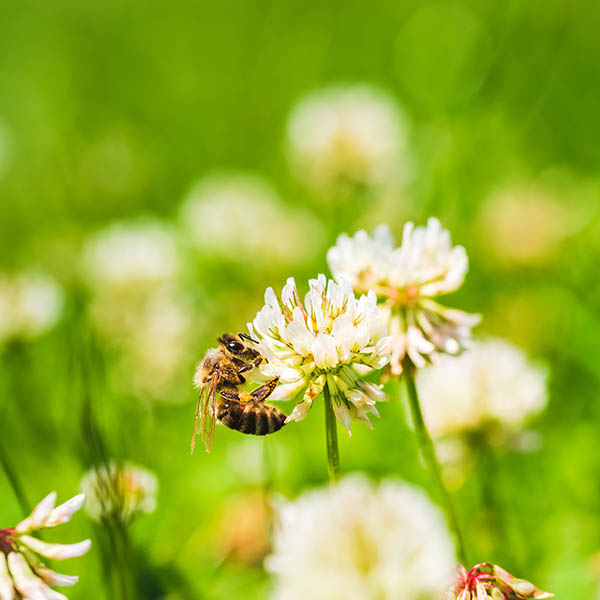
Activity #10: Plant spring bloomers
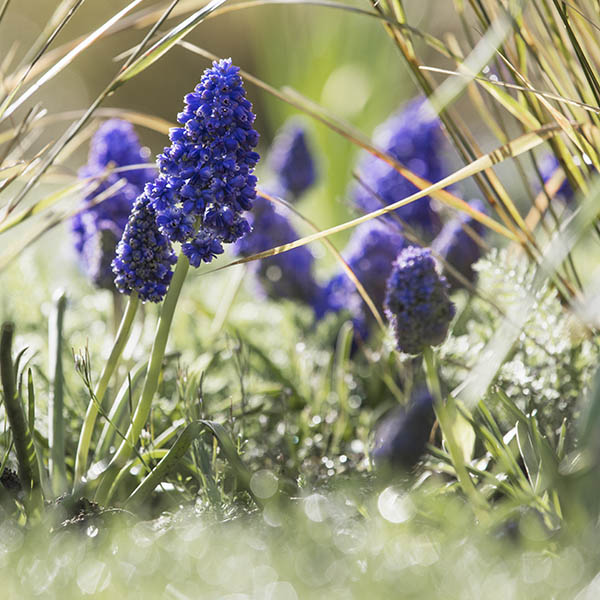
Get your gardens buzzing next spring by planting bee-friendly bulbs. Bumblebee queens, honeybees, and solitary bees start emerging from their winter homes ready to feast on the landscape as early as March. A garden full of snowdrops, winter aconite, crocus, hellebores, blue scilla, spring beauties, grape hyacinths, daffodils, and Virginia bluebells will give bees these early nectar sources.
Activity #11: Be more accepting of weeds
Dandelions and violets should be a welcome addition for spring bees and butterflies that will be pollinating your favorite summer fruits and vegetables. While considered weeds, these plants provide important sources of nectar and pollen. Bees like the dark purple color of violets, which keeps them warm while drinking nectar and collecting pollen on cool days. Visitors to violets include mason bees, smaller butterflies, and pollinating flies. They are a major larva food source for fritillary butterflies. Some small mammals and birds eat the seeds of violets too. While dandelions do not provide the most nutritious pollen for bees, sulphur, admiral, and comma butterflies like visiting the blooms. Several birds eat dandelion flowers, buds, and seeds, and hummingbirds use the seeds as construction materials for their nests.

Activity #12: Provide water
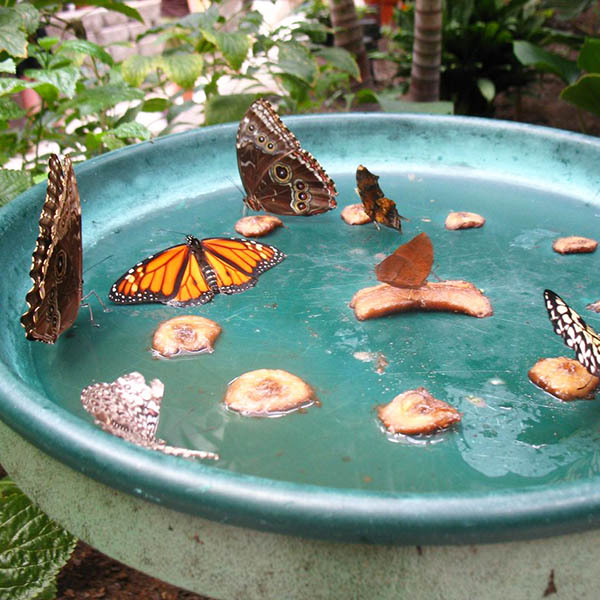
Just like we need water and food to survive, pollinators need water in addition to a food source. Honeybees forage for water to feed their young and cool their hives. Butterflies need water to survive but do not visit large stands of water to drink. Instead, they visit damp soil or mud to absorb necessary salt and amino acids in a process called puddling. Try creating a bee watering station or a butterfly puddler at home.
Activity #13: Support larval forms
Are you ready to take your butterfly gardening status to the next level and allow some of your beautiful plants to be eaten by caterpillars? Providing larval food sources is especially important if you want to attract butterflies and moths. Plants eaten by caterpillars are called host plants. Many individual moth and butterfly species will only feed on a few host plants—the monarch caterpillar feeding exclusively on milkweed plants is one example. By adding a few more native shrubs, perennials, and annuals as well as allowing certain weeds to remain, the caterpillar café could be open in no time.
Larvae Foods Sources for Swallowtail Butterflies
- Spicebush (Lindera benzoin)
- Dutchman’s Pipe (Aristolochia macrophylla)
- Wafer ash (Ptelea trifoliate)
- Sassafras (Sassafras albidum)
- Pawpaw (Asimina triloba)
- Parsley (Petroselinum crispum)
- Dill (Anethum graveolens)
- Fennel (Foeniculum vulgare)
- Prickly Ash (Zanthoxylum americanum)
- Rue herb (Ruta graveolens)
- Cherry (Prunus sp.)
- Tulip tree (Liriodendron tulipifera)
- Cottonwood (Populus deltoids)
- Sweet bay Magnolia (Magnolia virginiana)
- Gas Plant (Dictamnus albus)
Larval Food Sources
- Monarchs: Milkweed
- Painted Lady: Thistle, Legumes, Knapweed, Burdock, Hollyhock, Common Mallow
- Viceroy: Willow, Poplar, Plum, Apple, Cherry
- Variegated Fritillary: Violets, Pansies, Purslane, Sedum
- Eastern Tailed-Blue: Vetch, Clovers, Alfalfa, Yellow Sweet Clover
Activity #14: Provide a soft landing
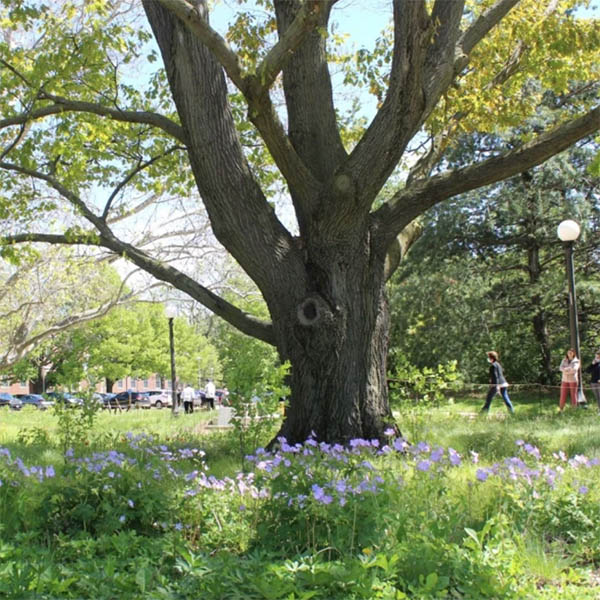
Did you know that it is likely your trees are full of caterpillars? Native woody plants are the highest producers of caterpillars, which are a crucial piece in the larger food web and become adult pollinating insects.
To complete their life cycle, many caterpillars drop into the leaf litter below, burrowing under leaves or underground before pupating.
Planting the right plants is no longer enough, we also need to provide something called a soft landing, safe habitat for these developing pupae underneath a tree. If we plant native, herbaceous plants that tolerate shade underneath our trees, rather than turfgrass, we can provide a safe space for them.
Action #15: Do not use bug zappers
Bug zappers do not work to reduce the mosquito population in your backyard, and they kill pollinators and beneficial insects. Out of 10,000 insects destroyed by one bug zapper, less than ten will be mosquitoes. Bug zappers are haphazard killers electrocuting thousands of pollinating wasps, moths, and beetles.
Defend yourself from mosquitoes with a fan, not a bug zapper. A fan helps disguise you from the biting female mosquito by blowing away the carbon dioxide you exhale and cooling your body, making you less appetizing to mosquitoes.
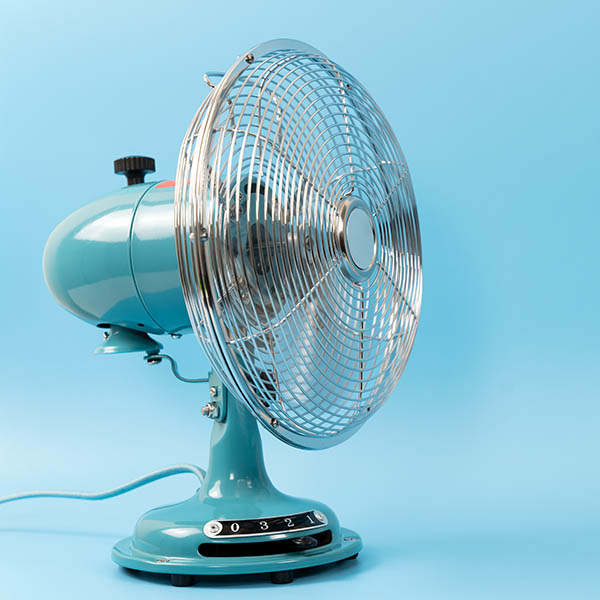
Action #16: Stop leaving outdoor lights on at night
Outdoor lights interrupt night pollinators like moths and beneficial insects like beetles and true bugs. Replacing the dark night with artificial light confuses these insects and entices them away from flowers. One-third of these confused insects die by morning due to exhaustion from flying around lights or are being eaten by predators.
Sphinx moths, also known as hawk moths, are common night-flying pollinators. They pollinate common flowers like evening primroses, but rare plants as well, like the Eastern Fringed Prairie Orchid.
Turn off your outdoor lights at night. Replace incandescent bulbs with yellow-hued L.E.D. lightbulbs. Install motion detectors and directional covers to minimize light contamination.


